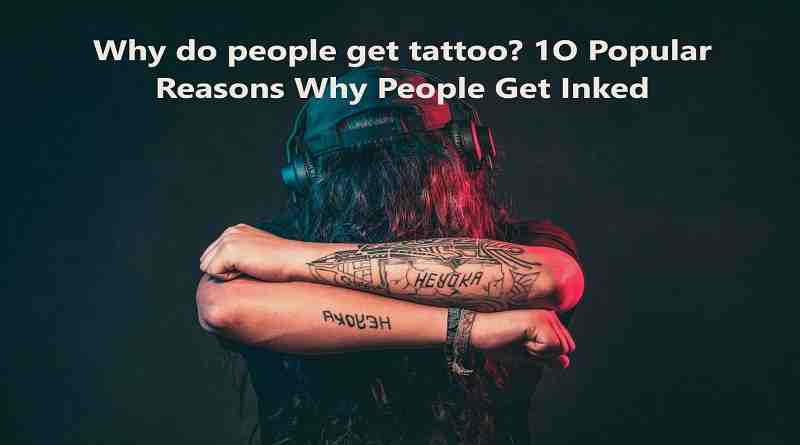A lot of people get tattoos for various reasons. Not every tattoo represents an unchanging idea, mistakes happen, and sometimes you outgrow something and want it covered up.
Cover up tattoos are a great way to do that. However, knowing what you’re getting into before going in for a cover-up is essential.
Regret
Regret is a strong emotion that can negatively affect our emotions, mind and body. Often it can lead to fruitless rumination and chronic stress that damages mental and physical health.
Aside from regrets about their choices, people also experience guilt over things they did not do. It includes decisions you made about money, career and relationships.
According to research, when people regret, they are more inclined to make amends or choose a different course of action. It is because regret signals the need for a change and helps them gain insight into their future decision-making skills. Some individuals never get over their joy and happiness and treasure their tattoos for the rest of their lives.
Some may feel remorse starting as soon as the following day. Around 1 in 4 people who regretted their choice within the first few days had taken it on the spur of the moment. It is one of the reasons why they end up getting a cover tattoo.
Unprofessionalism
Getting a cover-up tattoo can be a bad idea for a few reasons. For one, it can look unprofessional and not fit the image you are trying to project.
It is because it can distract the viewer’s eye from the original tattoo. Our eyes are naturally drawn to bright areas and light colors.
The most effective wrist tattoo cover up ideas are dark and use that darkness to draw attention to the rest of the image. It is especially true of nature images such as leaves, flowers, fish and birds.
If a person’s workplace is unwilling to hire someone with a visible tattoo, they may be guilty of discrimination. Regulations, the Equal Employment Opportunity Commission, and the Civil Rights Act of 1964 forbid it.
Dissatisfaction with the Design
People get to cover up tattoos for a variety of reasons. Some people have regrets or shoddy work and want a quick fix, while others may have had a tattoo that started to fade or didn’t hold up well.
The most common reason for getting a cover-up is dissatisfaction with the design. It can be because the person finds it boring or doesn’t like the colors or shading.
In those cases, it is best to research and find a skilled artist with experience in cover-ups. These tattoos require a lot of skill, such as blending, shading, detail and depth of color.
Faded Ink
Many get to cover up tattoos because they no longer like a specific design, color or style. They may also want to change a design that they thought was funny or meaningful but no longer holds meaning.
However, cover-ups are more challenging than slapping something over your old tattoo and calling it done! It takes a lot of skill and knowledge to create a successful cover-up.
One tattoo artist told Insider that he often sees people asking for cover-ups because their old tattoos have faded or they no longer love the design. He compared this to stained glass, where a new color is put over an old one but didn’t “cover” the old ink.
Scars
When tissue is injured, the body naturally produces scars as part of the healing process. The scar tissue, made of collagen fibers, repairs the damaged skin and closes open areas.
Scarring can be ugly and disfiguring, but it also serves an essential function in helping the body heal. Without it, the skin could not repair and protect the surrounding tissue from infection.
Tattoos can be a great way to camouflage scars. However, it is essential to remember that a fresh scar should not be tattooed over.
It is also essential to understand that scarred tissue holds ink differently than healthy skin. It means that specific colors may also not work, and smaller lines could appear less defined.
See More:




